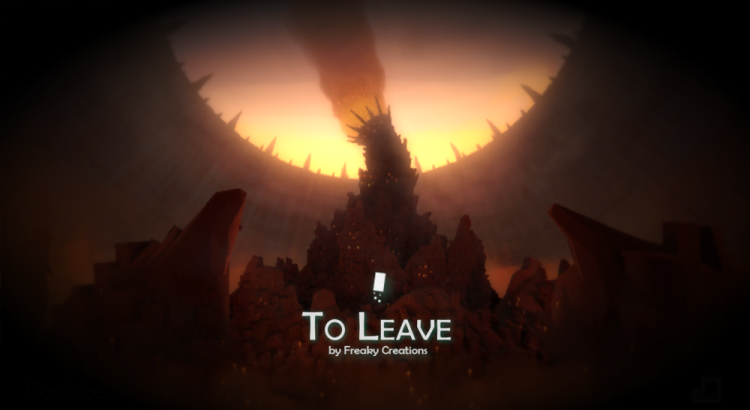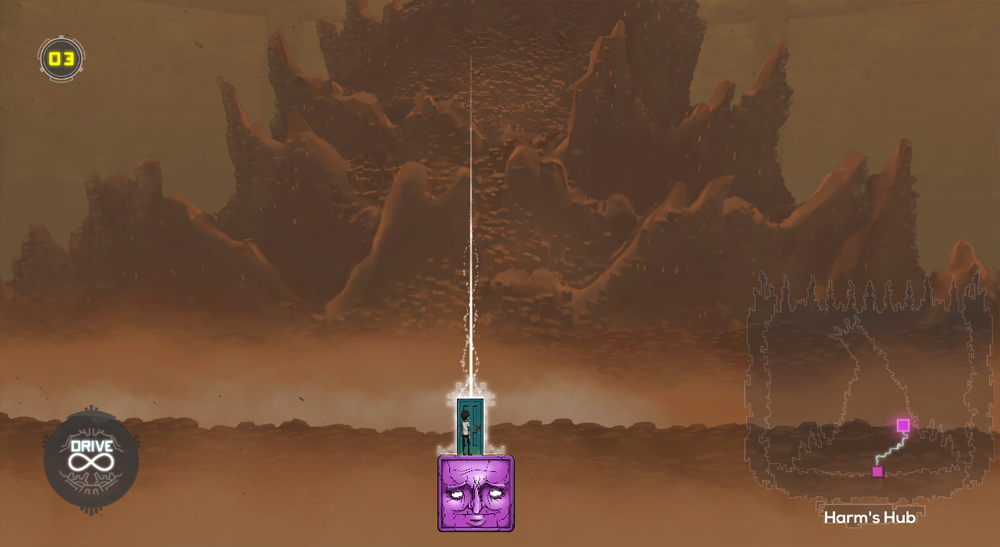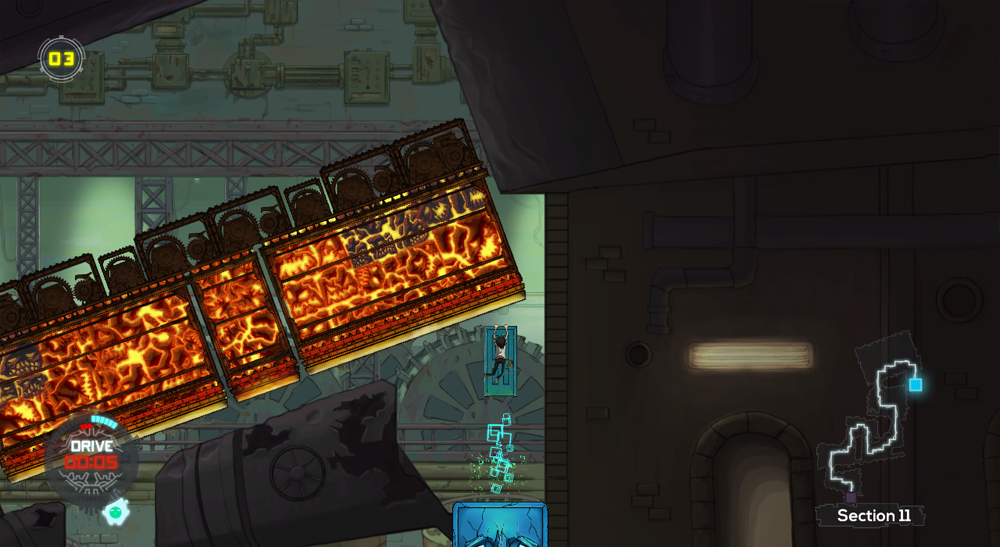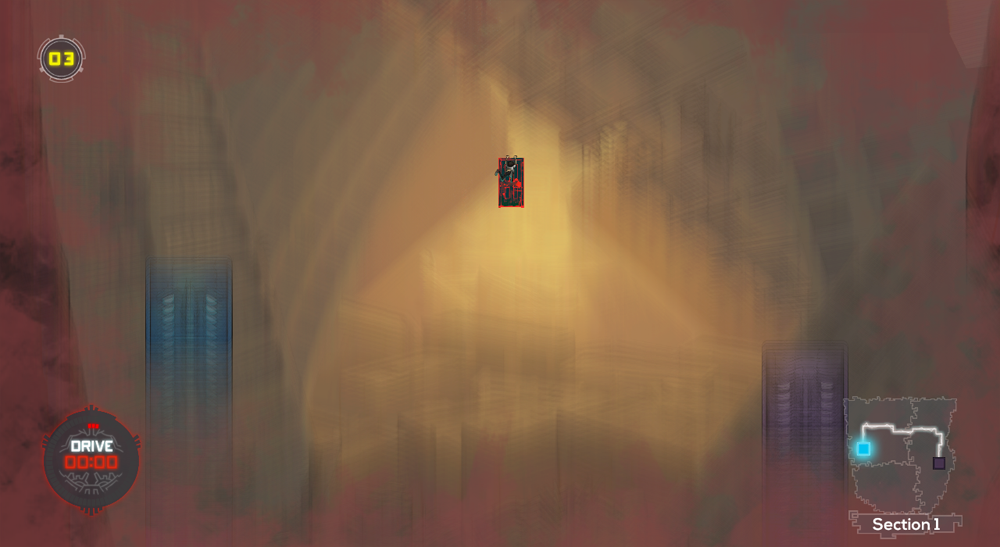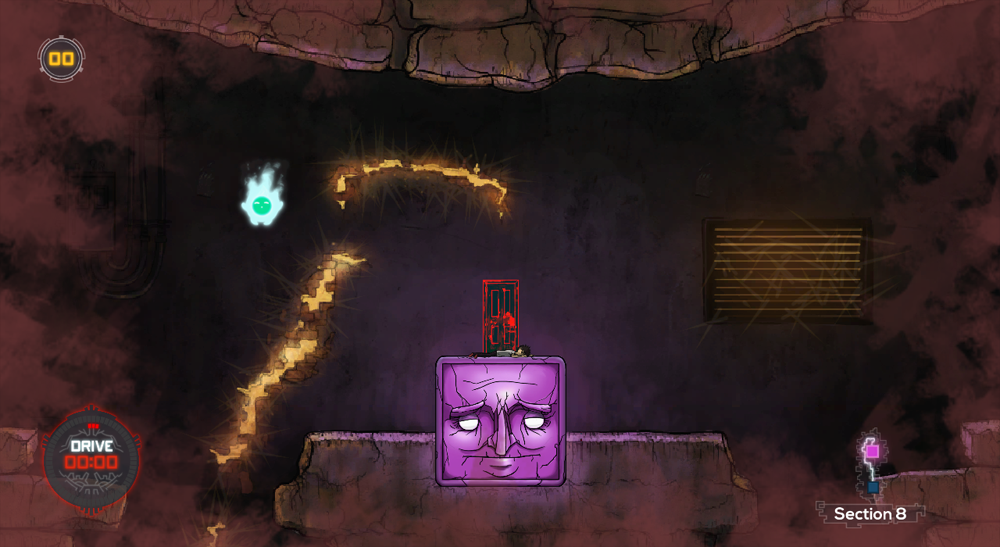While walking down a hallway during last year’s Game Developer’s Conference, I noticed an indie developer at the end, crouched to one side, with a laptop sitting on the floor. He was asking passing members of the media if they would be interested in checking out his game and seemed to be receiving a lot of brush-offs.
I have absolutely no problem being pitched by indie developers. I’m a starving artist myself and am sympathetic, but at that moment I was running late to a meeting. When our paths crossed, I tried to politely recite “the monologue,” the one peppered with a lot of apologies that ends with “I’ll try to come back later”
I can’t remember exactly what his extremely short pitch was, but it made me stutter my lines and halt. Within minutes, instead of heading to my meeting, I was crouched on the floor beside him, getting an impromptu demonstration of Freaky Creations’ To Leave (PlayStation 4, PlayStation Vita, Windows, Mac, Linux).
Unfortunately, circumstances saw the game slip through post-GDC media coverage. As we approached the new year, a season where we promise ourselves to pursue our various life goals, To Leave’s premise haunted me. I contacted Freaky Creations, hoping to get a glimpse of how their project is progressing.
Here’s what I learned.
The weight of the world
To Leave’s narrative revolves around a boy, his magic door, and a dream. The adolescent’s primary ambition is to escape a city that has become a nest of negativity and hopelessness.
In order to achieve his goal, the boy must cling to his magic door and navigate it through the claustrophobic by-ways of a depressing metropolis. Like a heavier, less inertial version of Lunar Lander or Solar Jetman, controlling the door requires precise inertial manipulation while fighting a relentless pull downward.
Landing in specific safe platforms can allow the boy to take a breather and occasionally open the door to enter another area, hopefully — eventually — leading to an exit beyond the city limits.
The twists and juts of the crumbling landscape mold the city into an oppressive antagonist for the boy. The slightest touch of the toxic environment sends him hurtling back to a previous area, creating a frustrating set-back to achieving his goal.
Allowing the environment to roadblock the boy too many times will eventually see him lose his will to keep going, represented by a “drive” meter. Once he has lost all of his motivation, it takes on an emotionally draining, painful blur effect. The world slows down and the capability to control the door, let alone concentrate on its exact positioning, becomes a monumental challenge.
The effect creates a painfully familiar feeling for me. When To Leave enters this mode, it creates an uncannily accurate, visceral representation of deep depression. The weight of its gravity drags harder on the door, which itself has become a blur. Everything is difficult to focus on through the visual and interactive sludge.
Pushing on in this state of numbness feels almost pointless. Everything would seem much easier to just lay down, give in, and quit than to fight through the set backs in this state.
It’s the most accurate representation of depression I’ve seen in the medium.
Expression through gameplay
Expression through system rules and gameplay is video games’ most powerful and unique attribute in the world of art. Freaky Creations seems to fully understand this. It uses play design to portray the sort of despair and depression we feel when life throws us off course … and we’re desperate for positive reinforcements.
When I reflect on that GDC meeting with Palacio, the moment feels meta as hell. There we were, two struggling artists, crouched in a hallway outside the main show floor. One was doing whatever he could to show off his dream project, which happens to have the undertones of the sort of emotional struggle all indie developers at GDC, if not all people chasing a life goal, can relate to.
VentureBeat's mission is to be a digital town square for technical decision-makers to gain knowledge about transformative enterprise technology and transact. Learn More
